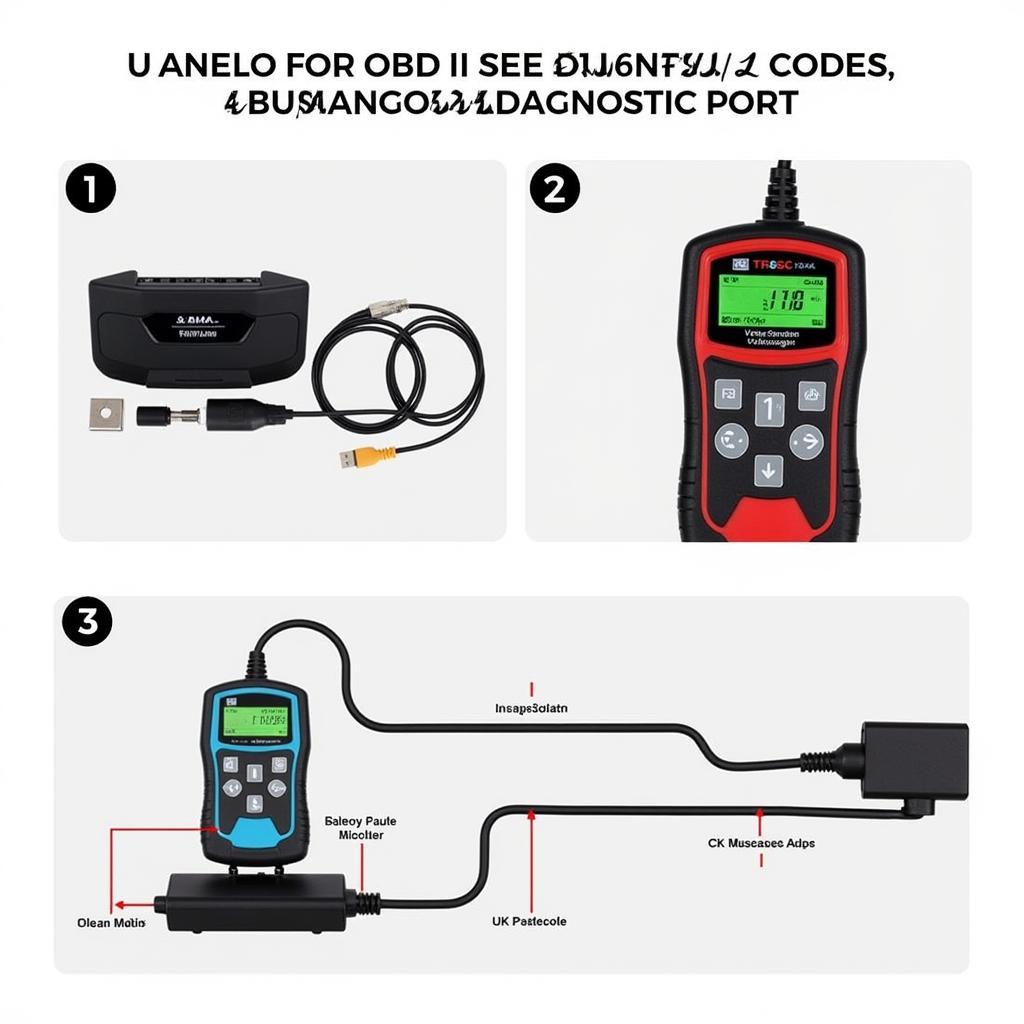Your cart is currently empty!

Demystifying the 01325 VW Fault Code: What You Need to Know
The 01325 VW fault code is a common issue faced by owners of Volkswagen vehicles. This code indicates a problem with the oxygen sensor (O2 sensor) circuit, specifically Bank1 Sensor1. This article will delve into the details of this fault code, explain its potential causes, and provide a step-by-step guide to help you diagnose and fix the issue.
Understanding the 01325 VW Fault Code
The 01325 fault code specifically refers to the oxygen sensor located upstream of the catalytic converter on engine bank 1 (typically the side with cylinder #1). This sensor plays a critical role in monitoring the exhaust gases and relaying information to the Engine Control Unit (ECU) to adjust the air-fuel mixture for optimal engine performance and fuel efficiency.
 Oxygen Sensor Location
Oxygen Sensor Location
Common Causes of the 01325 Fault Code
Several factors can trigger the 01325 fault code. Here are some of the most common culprits:
- Faulty Oxygen Sensor: The most likely culprit is a malfunctioning oxygen sensor. Over time, the sensor can become contaminated or wear out, leading to inaccurate readings.
- Wiring Issues: Damaged, corroded, or loose wiring connections between the sensor and the ECU can disrupt the signal transmission, triggering the fault code.
- Exhaust Leaks: Leaks in the exhaust manifold, downpipe, or other exhaust components near the sensor can introduce fresh air into the exhaust stream, affecting the sensor’s readings.
- Vacuum Leaks: Leaks in the engine’s vacuum system can disrupt the air-fuel mixture, indirectly affecting the oxygen sensor readings and potentially causing the fault code.
- Fuel System Problems: Issues with the fuel injectors, fuel pressure regulator, or fuel pump can lead to a rich or lean air-fuel mixture, impacting the oxygen sensor’s performance and potentially causing the 01325 code.
Diagnosing the 01325 Fault Code
Accurately diagnosing the root cause of the 01325 fault code is crucial before attempting any repairs. Here’s a step-by-step guide to help you diagnose the issue:
- Read the Fault Code: Use a compatible OBD-II scanner to read the fault code stored in the ECU.
- Inspect the Oxygen Sensor: Visually inspect the oxygen sensor for any signs of damage, contamination, or wear.
- Check the Wiring: Carefully examine the wiring harness connected to the oxygen sensor for any loose connections, broken wires, or signs of corrosion.
- Inspect for Exhaust Leaks: Start the engine and listen for any unusual hissing sounds, which could indicate an exhaust leak. You can also use a smoke machine to help pinpoint leaks.
- Check for Vacuum Leaks: Inspect the vacuum hoses and connections for any signs of cracking, looseness, or damage.
- Test Fuel Pressure: Use a fuel pressure gauge to check if the fuel pressure is within the manufacturer’s specifications.
 Using an OBD-II Scanner
Using an OBD-II Scanner
Fixing the 01325 Fault Code
Once you’ve pinpointed the cause of the 01325 fault code, you can proceed with the necessary repairs. Here are some potential solutions based on the identified cause:
- Replace the Oxygen Sensor: If the oxygen sensor is faulty, replacement is the only solution.
- Repair Wiring Issues: Repair or replace any damaged, corroded, or loose wiring connections.
- Fix Exhaust Leaks: Repair any leaks in the exhaust manifold, downpipe, or other exhaust components.
- Address Vacuum Leaks: Replace any cracked, loose, or damaged vacuum hoses and ensure all connections are secure.
- Repair Fuel System Problems: Diagnose and repair any underlying fuel system issues, such as faulty injectors, a malfunctioning fuel pressure regulator, or a failing fuel pump.
Expert Insight from John Miller, ASE Certified Master Technician: “Always use high-quality OEM or equivalent parts when replacing the oxygen sensor or any other components. Using substandard parts can lead to inaccurate readings and recurring issues.”
Conclusion
The 01325 VW fault code, while common, can significantly impact your vehicle’s performance and fuel economy. By understanding the code, its potential causes, and following the diagnostic and repair steps outlined in this guide, you can effectively resolve the issue and get your Volkswagen back on the road.
If you need expert assistance diagnosing or repairing your vehicle, don’t hesitate to contact VCDStool at +1 (641) 206-8880 and our email address: vcdstool@gmail.com or visit our office at 6719 W 70th Ave, Arvada, CO 80003, USA.
by
Tags:
Leave a Reply